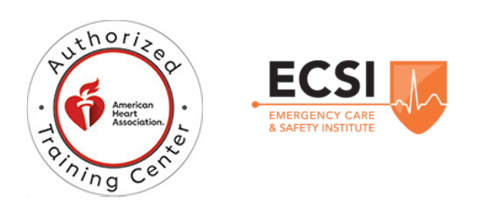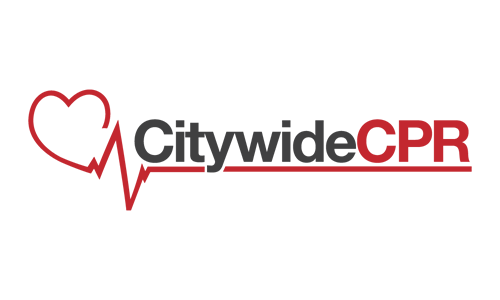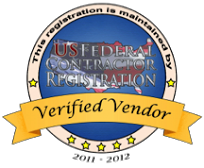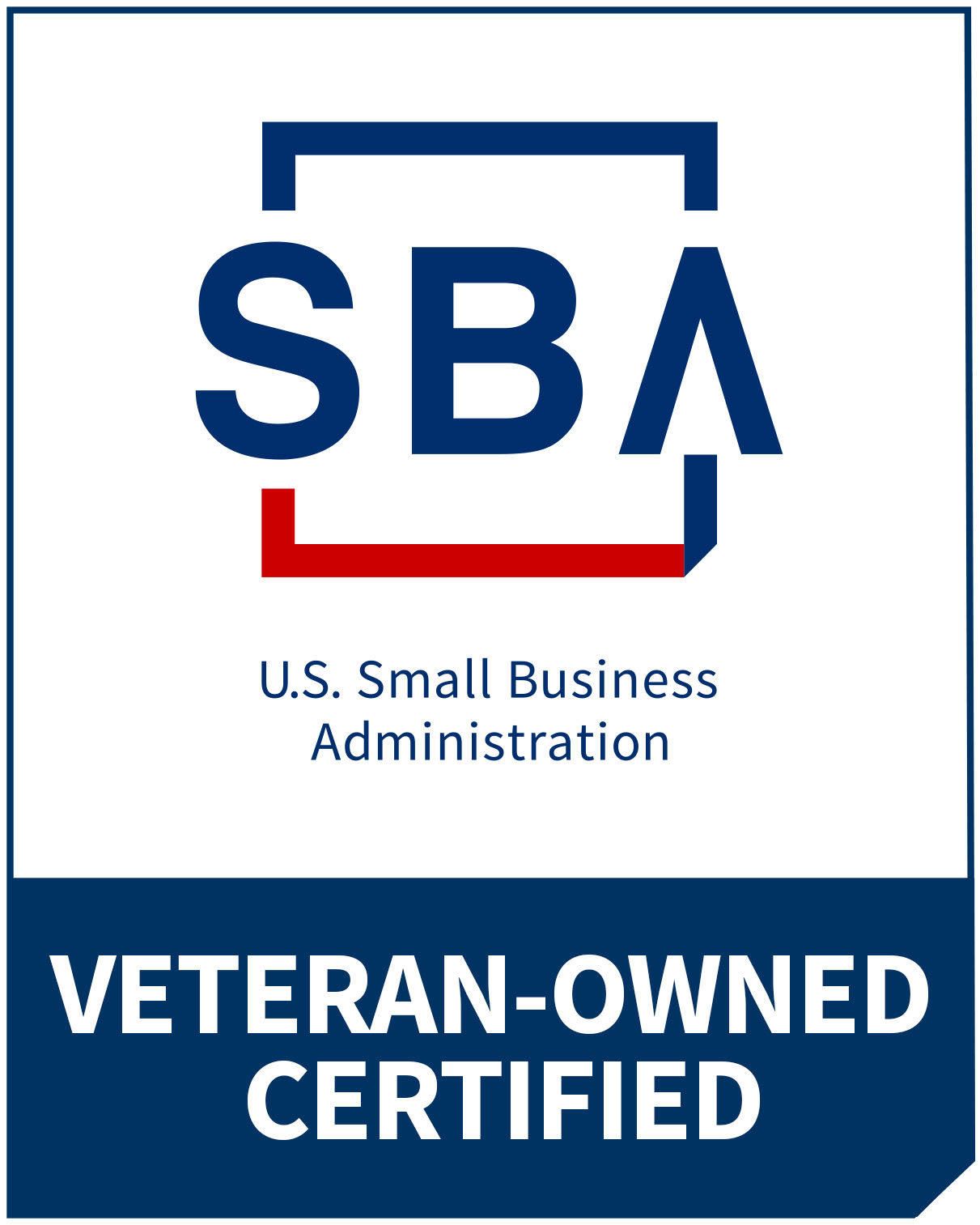According to OSHA, nearly 10,000 cardiac arrests occur in the workplace in the United States each year. Only half of the workforce can locate and use an automated external defibrillator (AED) at their work station. The hospitality industry is the most affected, with nearly 66 percent of employees unable to find an AED.
Why Corporate CPR Training Matters
Sudden cardiac arrest is a major killer among adults over 40 years of age. Scary as it sounds, the good news is that SCA is reversible if a victim gets the right medical attention. Corporate CPR training can make a difference.
Workplaces are doing a great job promoting overall employee health through gym membership, healthy foods, and quit-smoking programs. However, they also need to start sensitizing employees and prepare them to save lives.
By creating awareness and enrolling your employees and the management for CPR training, you increase the chance of survival should any member of staff experience a cardiac arrest in the workplace.
What is Corporate CPR Training?
CPR training imparts employees with knowledge and skills to administer CPR to colleagues or anyone who experiences a life-threatening heart situation. The overarching message is to save lives and that every second counts. By undergoing training and learning how to use AED, personnel can respond effectively to cardiac arrest.
Is an AED Necessary if Employees Know CPR?
Sometimes, companies think that CPR training in the workplace is sufficient to handle a cardiac arrest situation. So they avoid acquiring other life-saving devices such as AED. Let’s look at some sobering stats from the AHA (American Heart Association) that could change this attitude:
- The chance that a victim could survive reduces by 10 percent with every minute that passes following a sudden heart attack. Very few victims survive after 10 minutes.
- Survival chances double or trouble if CPR is administered effectively within the first few minutes.
- Studies show that when an AED is used immediately after cardiac arrest, 90 percent of the patients’ hearts start pumping blood before the emergency services arrive.
- Emergency response teams in a company should undergo training to administer, CPR, AED, and first aid and get certification for the same.
Jobs that Require CPR Skills
Some of the professionals that could benefit from CPR training in the workplace include educators, law enforcement officers, healthcare personnel, and daycare service providers. CPR training and certification is also necessary for tradespeople who are at a higher risk of going to cardiac arrest, namely, construction workers, electricians, and utility crew.
If the employees at your workplace are supposed to undertake mandatory training and obtain CPR certification, consider enrolling them for workplace CPR classes. As well as ensuring they remain compliant, CPR training will also reduce the risk of litigation that could arise from workplace accidents, where the employee wasn’t certified.
Workplace CPR and AED training are:
- More convenient
- Saves life
- Saves money by reducing travel/reimbursement costs
- Imparts knowledge and skills in a real environment
- Easy to facilitate as part of employee compliance
- Saves lives!
If you’d like to learn more about Corporate CPR and AED training, contact us. We can arrange onsite training for your employees and undertake AED installation as part of your OSHA compliance.





